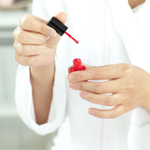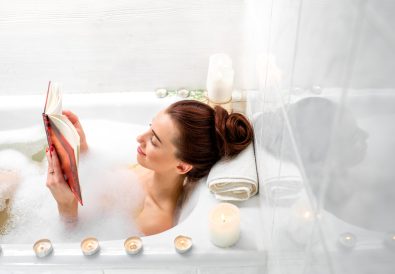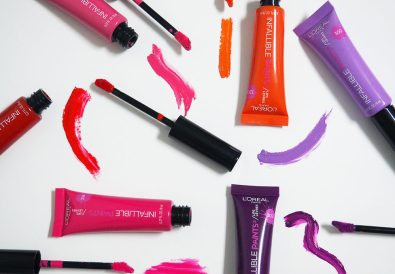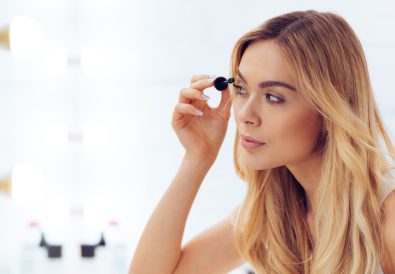We file down the edges and push back the cuticles. We buff and scrape and polish and seal, all to give the illusion of a perfectly healthy set of nails. But what do you see when you remove all the extras and really examine your nails in their natural state?
Spoon Shaped
A healthy nail is slightly raised in the middle and curves down a bit at the tip. So if your nails are the exact opposite configuration it could be a symptom of Iron Deficiency Anemia.
Peeling
The nail plate is made up of several layers of protein called Keratin. Ideally the layers are sealed together to form a strong and unified nail. But when nails aren’t protected (exposed to water or cold, dry weather) these layers tend to separate. Polish can help seal the layers while moisturizing your hands throughout the day will keep the layers fresh. Peeling nails can also be an indicator that your diet is lacking in Linoleic Acid, an essential fatty acid. The easiest way to up your intake is to increase your use of vegetable oils.
Yellowness
Women who frequently wear dark polishes for extended periods of time, especially without a protective basecoat, may notice a slight yellowing of their nails, but this is no reason to panic. The nails are merely stained from the polish and will return to their natural state if left untouched. However, yellow nails can be a sign of something more serious, like lung disease or diabetes. Yellow spots on the nails can be an indicator of fungus or psoriasis. If yellow nails persist, it’s certainly worth a visit to the dermatologist.
Grooves
When a normally smooth surface of the fingernail has several small dents or pits in it, it can often be caused by psoriasis. The inflammatory skin condition can also affect the skin cells in the nails and instead of growing out smoothly, the surface of the nails takes on a dented appearance.
Turning Colours
The most common cause of fingernails that take on an unhealthy tinge is some type of fungal infection. Both yeast and bacterial infections can be easily picked up at unsanitary nail salons, usually caused by the use of unsterilized tools. A yeast infection can cause the nails to separate from the underlying skin, while bacterial infections can cause the affected nail to turn slightly green. If you notice sudden swelling or pain after a manicure, see a doctor to get on antibiotics.
Keep in mind that these are just some things to be weary of, in most cases the nails may just be going through some temporary changes. If you do however notice an unusual condition that persists for an extended period of time, it’s always best to play it safe and get in to a dermatologist who can better assess the situation.











